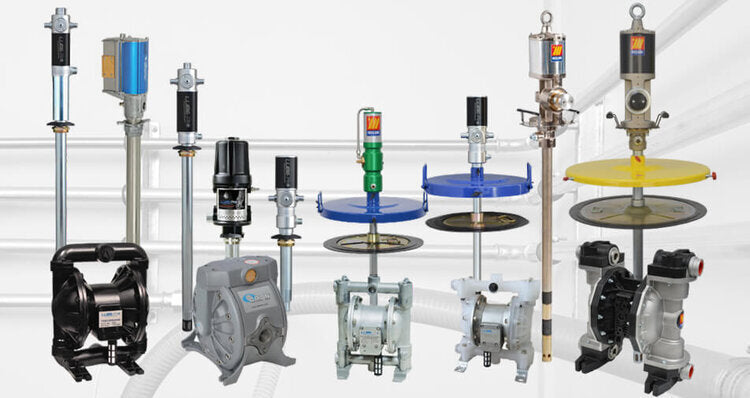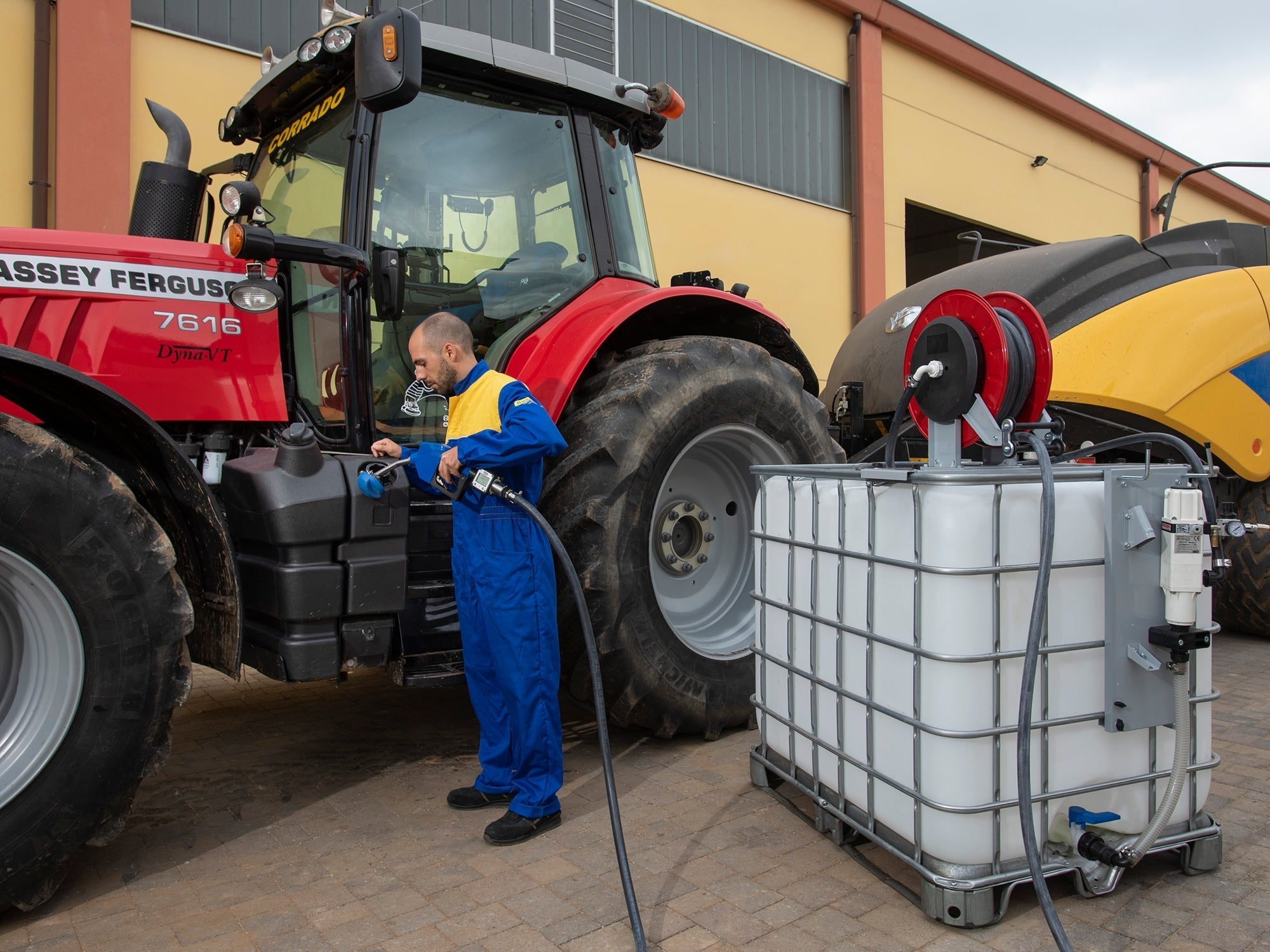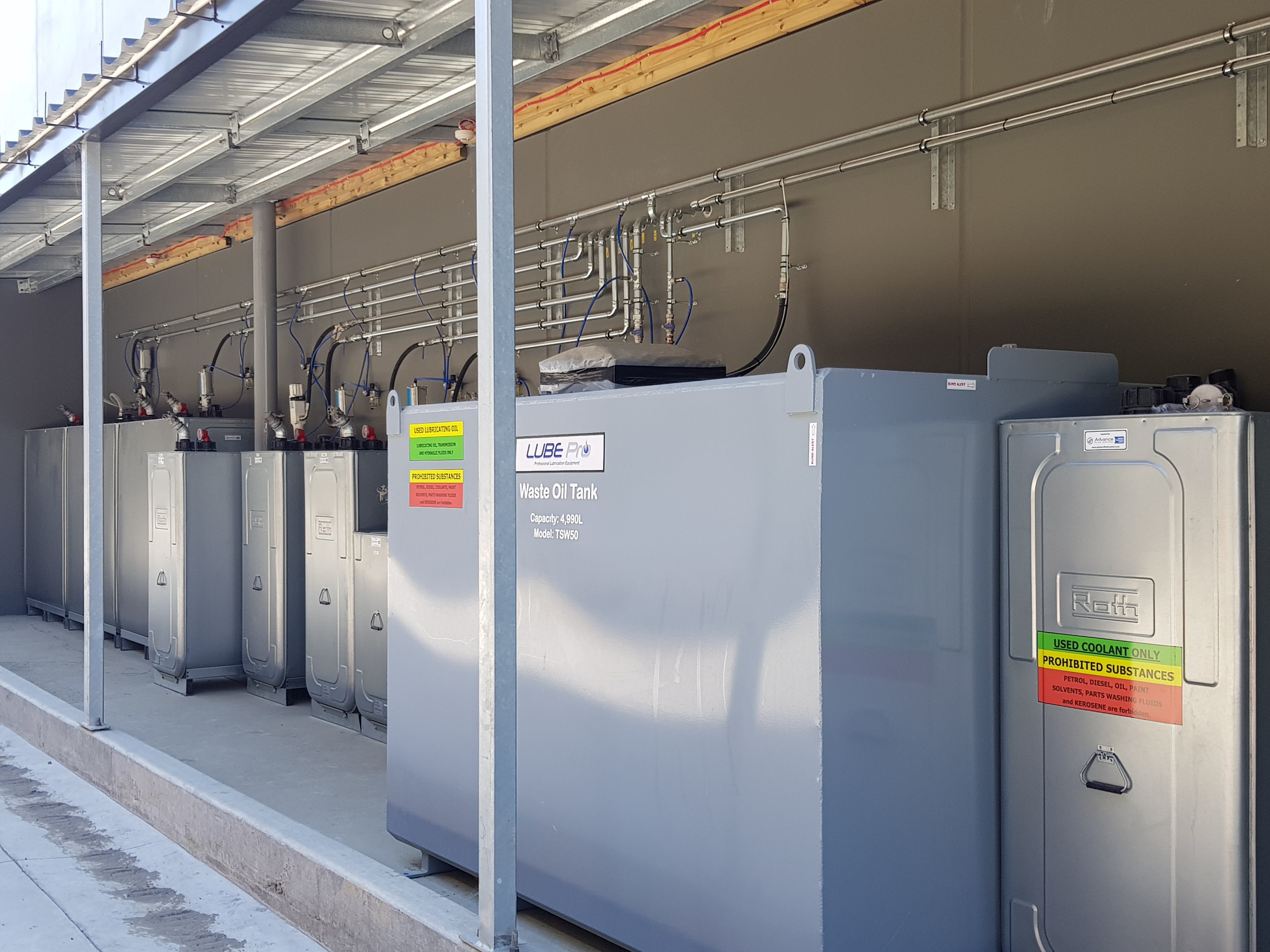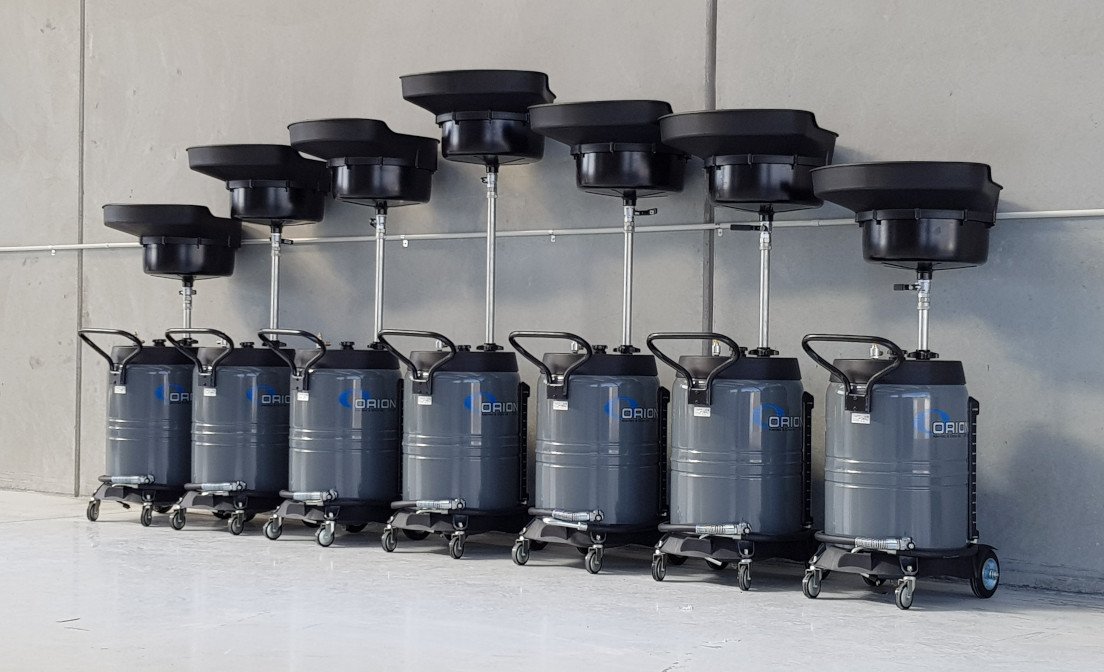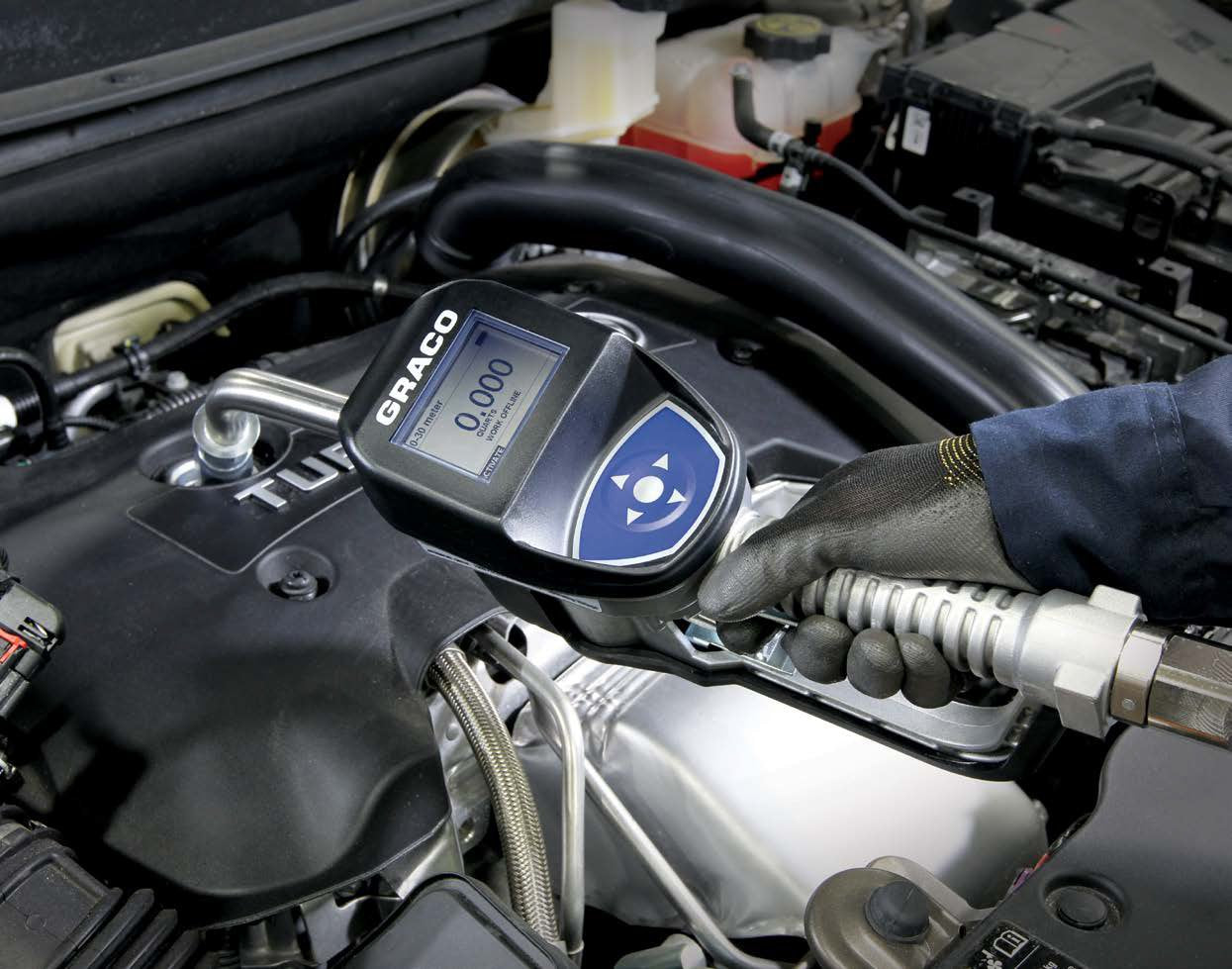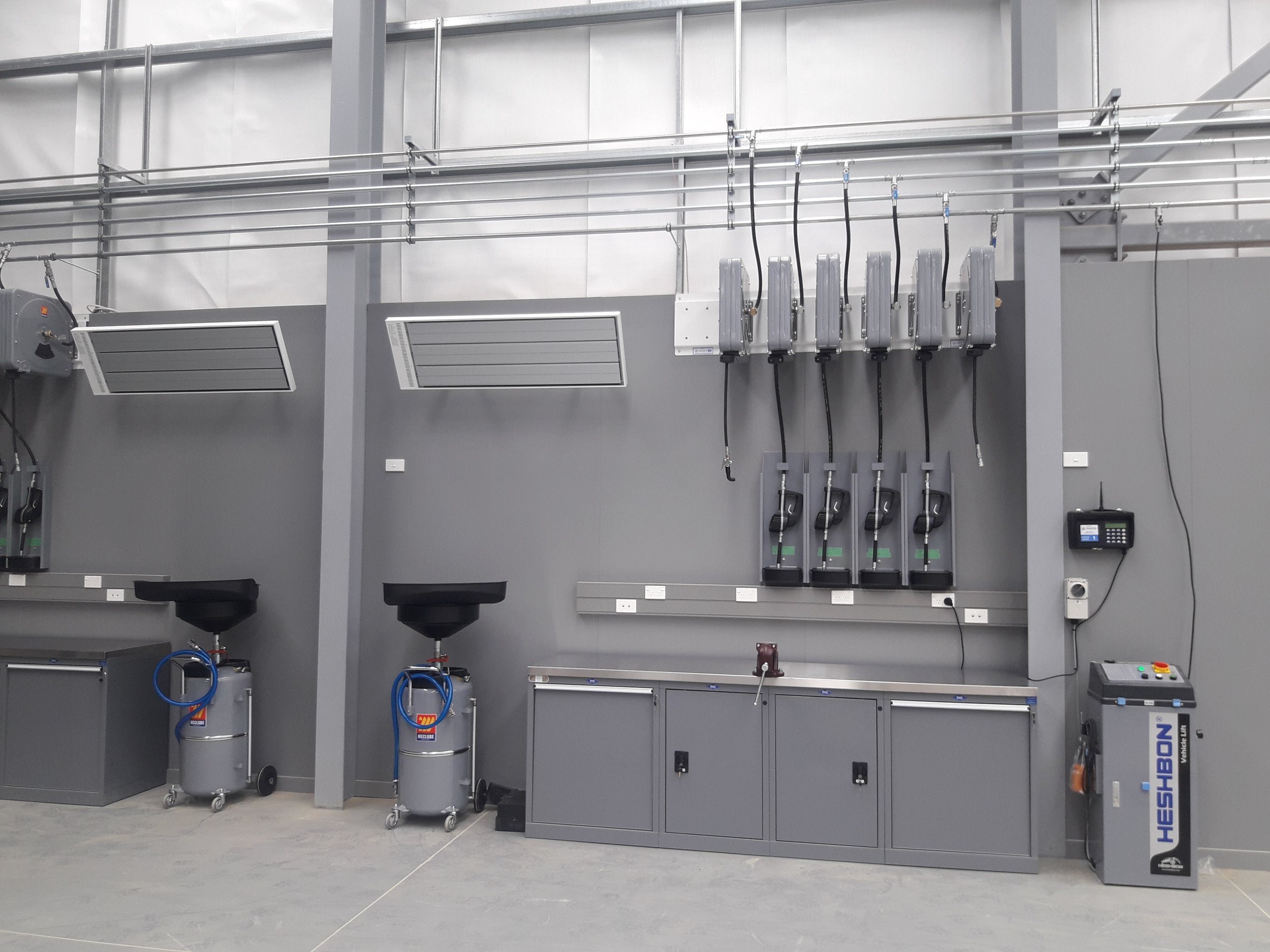A plain english explanation to help you understand what air operated pump ratios mean and how they impact system performance
What is a pneumatic (air operated) pump?
Before we start talking about pump ratios, we need to have some understanding of what a pneumatic pump actually is.
There are two common types of air operated pumps; the piston pump and the double diaphragm pump.
In both types the basic principle of the air motor operation is the same, and that is that a piston reciprocates when compressed air is applied by utilizing a series of valves to change the side of the piston that the air is applied to.
With a double diaphragm pump the air piston is a bit different to a standard piston configuration, in that the piston is essentially made up of two diaphragms connected with a rod, and the air is applied to each alternately, causing reciprocation.
The pump side is where the main difference is between the two types; as follows_
Piston Pump
A piston pump is just that – a piston which is connected to the air motor, and reciprocates up & down. Fluid is drawn into the piston, through a series of check valves, and then expelled from the outlet.
Air operated piston pumps are where ratios are important, and very high fluid pressures can be generated.
The very simplistic piston pump diagram on the right displays the basic idea of a piston pump, which is that the ratio relates to the effective surface area of the air piston relative to the effective surface area of the fluid piston.
So with a 3_1 oil pump, this means that the effective area of the air side of the piston is 3 times greater than the effective area of the fluid side of the piston.
This also means that if the air supply to the pump is 100psi, then the fluid pressure can reach 300psi. At 300psi, the forces on the air side and the fluid side are equal, and therefore the pump will stall and maintain this pressure in the system until such time as either the air or fluid pressure changes (i.e. somebody dispensing from the pressurized system).
With high pressure pumps such as grease pumps, the ratios are usually anywhere between 50_1 and 100_1, so how is this achieved while keeping the air motor down to a respectable size?
There are two points to remember here_
It is the effective difference in area between the two ends of the piston which matters.
There is a relationship between pressure and flow.
Effective Area difference_
This is usually impacted by the size of the rod used to connect the two piston ends, and this usually varies in size in the air chamber compared to the fluid chamber.
On some very high pressure pumps, the piston rod on the fluid side is only minimally smaller than the actual fluid piston, therefore reducing the effective area of the piston. Meanwhile the air side has a rod which is big enough to provide the strength needed but no more, therefore maximizing the effective area.
Pressure vs Flow relationship_
When the fluid piston has a very small effective area relative to the air piston, the pressure is high, but the flow is very low.
Conversely, when the fluid piston has a very large effective area relative to the air piston, the pressure is low, but the flow is very high.
In practice with oil and grease pumps the fluid piston never has a larger effective area than the air piston, as there is not enough pressure to push the fluid through hose or piping. Equal effective area is the lowest these go (1:1 pumps).
Leaving aside different pump technologies for a minute and assuming we had 2 pumps with the same operating principle, same ratio (same effective area differential), and same operating pressure range, but one with a higher rated flow than the other, the only way this higher flow can be achieved is by making both pistons larger than the lower flow model while still retaining the same ratio of area difference on the pistons.
There are numerous other methods which improve the performance of piston pumps which are outside this topic, however the piston size difference is still what determines the ratio, and therefore the potential pressure output.
So just to recap; for a 1_1 pump, the theoretical maximum output pressure is equal to the air inlet pressure, a 3_1 pump is 3 times the air inlet pressure, 5_1 is 5 times air inlet pressure, 50_1 is 50 times etc.
Double diaphragm pump
A double diaphragm pump has two chambers on each side of the pump, each of which has a diaphragm inside. The two diaphragms are effectively connected with a rod, and also in between them is the air switching & exhaust mechanism.
The air is applied against the inside face of the flexible diaphragms, but only one side has air applied at a time which causes reciprocation.
Fluid Side_
On the outer side of the chamber (the other side of the diaphragms) is the fluid side, and as the diaphragms move in and out fluid is drawn into the chamber, then expelled when the piston moves the other way.
This would not be possible without check valves on the inlet and outlet to each chamber which allow the fluid to flow in only one direction.
So because the air side and the fluid side of the diaphragms are obviously the same size, double diaphragm pumps are always a ratio of 1_1; that is that the maximum pressure on the fluid side will equal the air inlet pressure.
How the pump ratio affects system performance
It takes a lot of pressure to push a fluid such as grease through a small pipe of any length, but some workshops have up to 50m of piping from the drum to the farthest reel (there are often several on one system), which often has another 15m of small hose on it, and then a tiny nozzle on the end.
Add to this the fact that some companies now use very tacky EP2 grease and even EP3 grades, combined with low winter temperatures, and the composition is more like that of a solid than a liquid.
Often also the system is required to be able to dispense from multiple reels at once, so it takes a pump with serious performance to meet a challenge such as this.
To meet this sort of challenge, a pump with both high pressure and high flow is required; pressure to push the grease through the system and out the nozzle at the end with enough force to get the grease into steel joints on the machinery, and flow to allow simultaneous dispensing from multiple dispensing points.
Having a pump which produces enough of either one without enough of the other results in unsatisfactory system performance, and therefore specifying a pump with the right mix of pressure and flow is one of the key factors in getting a system to operate as needed.
The same principles apply with oil pumping systems, although obviously more flow and less pressure is needed than with a grease system.
So which pump ratio to use usually depends on the following_
Which fluid type & grade is being pumped.
The distance it is being pumped.
The hose/pipe size it is being pumped through.
In some cases geographical location is also a factor.
Then the flow requirement is determined before matching a pump to the application to provide the performance needed for the system.
Unfortunately this is not an exact science due to the number of potential variations at play, and this is where some expertise is often required to ensure the resulting system performs efficiently.
We are happy to help you out with this if needed, so feel free to reach out to our team for assistance.
In addition, we have a pneumatic pump range which includes a broad selection of air operated oil pumps and dispensing kits comprising various output pressures and flow rates. We utilise both piston and double diaphragm pumps depending on the application.
Likewise we have an extensive selection of pumps and pump kits with a range of output pressures & flows for different New Zealand conditions & applications.
 is here! Shop now, pay later in 4 easy installments
is here! Shop now, pay later in 4 easy installments
